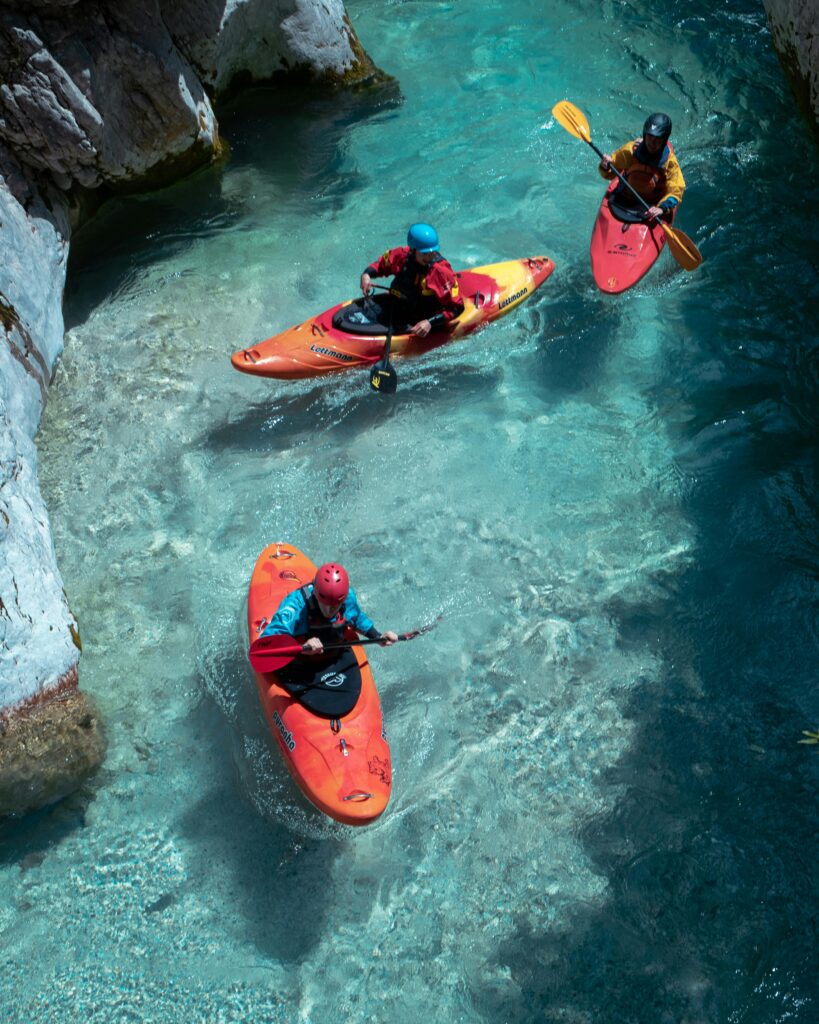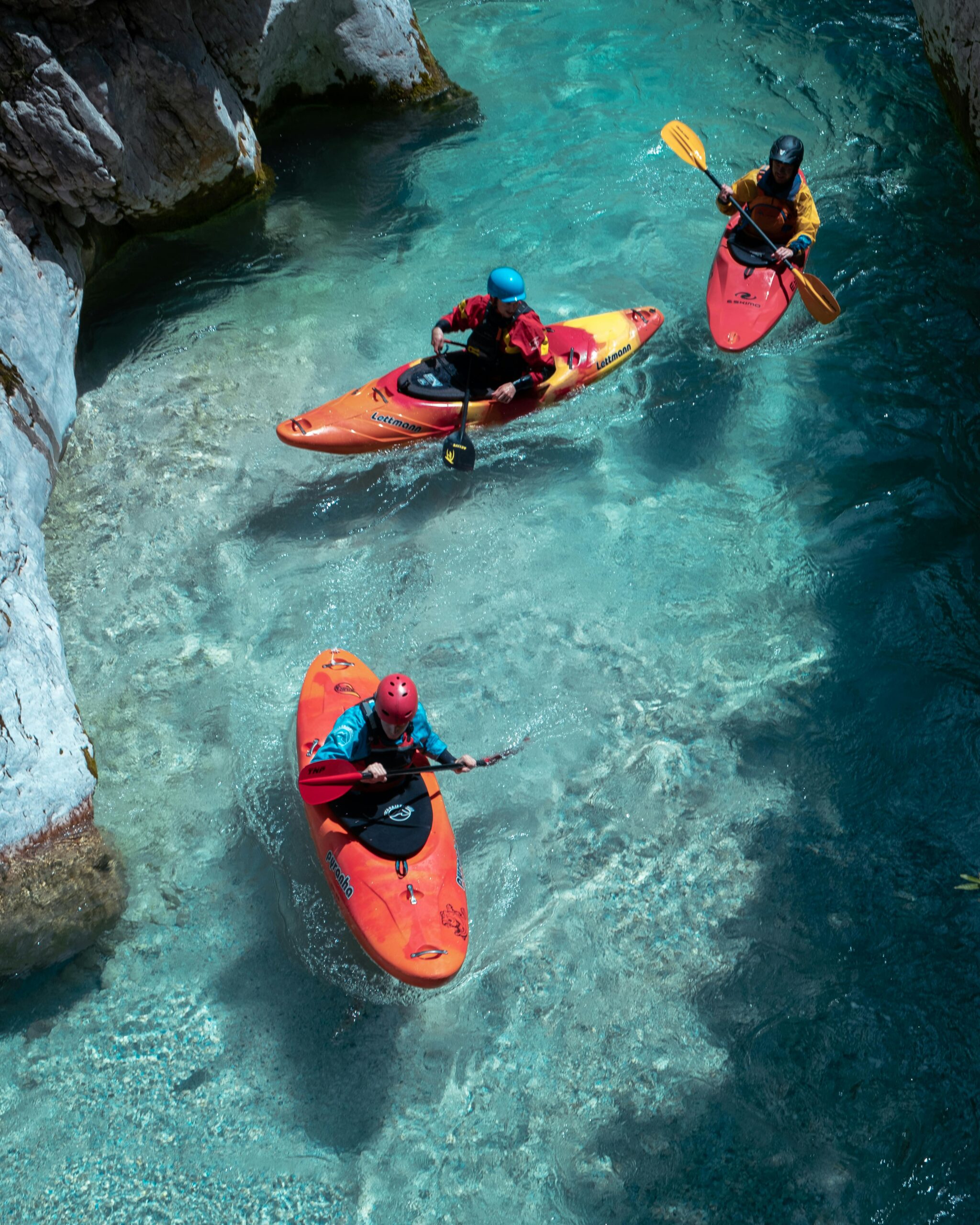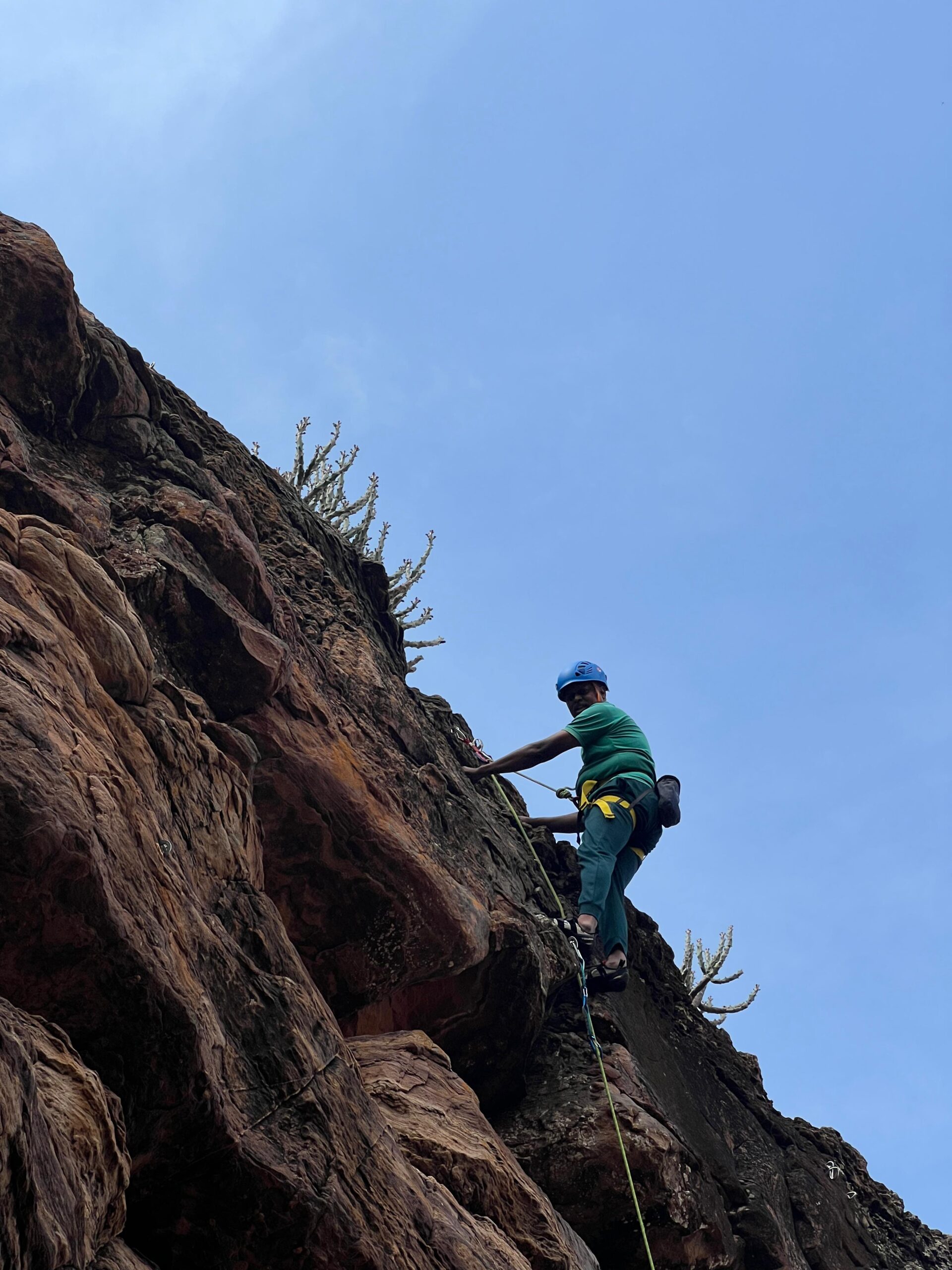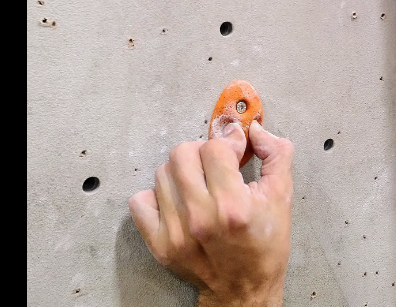Kayaking: A Comprehensive Guide to Paddle Through Adventure
Kayaking is an exhilarating water activity that combines adventure, fitness, and an opportunity to connect with nature. Whether you’re navigating serene lakes or challenging rapids, kayaking offers a unique way to explore the great outdoors. This guide dives into the history, types, safety measures, and steps to get started with kayaking.
What is Kayaking?
Kayaking is a water-based activity where an individual or group paddles a small, narrow watercraft called a kayak. The person sits facing forward in the kayak and uses a double-bladed paddle to propel and steer the vessel through the water.
Key Features of Kayaking
Efficient paddling requires torso rotation, not just arm movement, for power and endurance.
Kayak Design:
Typically features a covered deck with a seating area and footrests.
May have storage compartments for gear.
Comes in various types such as sit-in (enclosed cockpit) and sit-on-top designs.
Paddling Technique:
Involves alternating strokes on either side of the kayak with a double-bladed paddle.

The Essence of Kayaking
- Recreation: Enjoy the tranquility of gliding through calm waters.
- Fitness: Build strength and endurance with each paddle stroke.
- Adventure: Challenge yourself by tackling rough rivers and ocean waves.
The History of Kayaking
The History of Kayaking
Kayaking, as both a sport and a practical mode of transportation, has a rich and fascinating history that spans thousands of years. Originating in the Arctic regions, kayaks were initially crafted by indigenous people for survival, evolving over time to become a beloved recreational and competitive activity worldwide.
Ancient Beginnings
The kayak’s origins can be traced back over 4,000 years to the Inuit, Aleut, and Yup’ik tribes of the Arctic. These early inhabitants of modern-day Greenland, Alaska, and Canada designed kayaks as essential tools for hunting and transportation across icy waters. The word “kayak” itself comes from the Inuit word “qajaq,” meaning “man’s boat” or “hunter’s boat.”
Traditional kayaks were meticulously handcrafted using natural materials available in the Arctic environment. The frames were constructed from driftwood or whalebone, while the outer covering was made from seal or other animal skins. These boats were lightweight, durable, and specifically designed to navigate treacherous waters while allowing hunters to approach prey stealthily.
Adaptations and Variations
Different regions adapted the basic kayak design to suit local needs and environments. Greenland kayaks, for instance, were long and narrow to glide efficiently over calm waters, while the Aleut baidarka featured a split bow and was better suited for open seas. These regional adaptations showcase the ingenuity of early kayak builders and their deep understanding of their surroundings.
European Encounter and Evolution
Kayaks remained largely unknown outside the Arctic until the 18th and 19th centuries when European explorers encountered these vessels. Fascinated by their design and utility, some explorers brought kayaks back to Europe. By the late 19th century, kayaking began to emerge as a recreational activity, particularly in Germany and France. Enthusiasts built wooden kayaks for sport and leisure, and the activity gained popularity among adventurers seeking new ways to explore nature.
Modern Development
The 20th century marked significant advancements in kayak construction and design. The introduction of synthetic materials like fiberglass and, later, polyethylene revolutionized the industry. These new materials made kayaks more durable, affordable, and accessible to a broader audience. Specialized designs also emerged, catering to different activities such as whitewater kayaking, sea kayaking, and kayak fishing.
Kayaking’s inclusion as an Olympic sport in 1936 further propelled its popularity. Competitive kayaking disciplines, including sprint and slalom events, showcased the sport’s versatility and the athleticism of its participants. Meanwhile, recreational kayaking continued to grow as a favorite pastime for nature lovers and thrill-seekers alike.
Cultural Significance
While modern kayaking has expanded far beyond its Arctic origins, it remains deeply tied to its cultural roots. Many indigenous communities still use traditional kayaks for hunting and fishing, preserving age-old techniques passed down through generations. Furthermore, the kayak has become a symbol of human ingenuity and adaptability, representing a connection to nature and the enduring spirit of exploration.
What’s the best age for kids to start kayaking?
The best age for kids to start kayaking depends on their physical abilities, swimming skills, and the type of kayaking experience. Here are some general guidelines:
Ages 4–7: Tandem Kayaking
At this age, children can ride as passengers in a tandem kayak with an adult.
Look for kayaks with a middle seat or enough room for a small child to sit comfortably.
They can start using a small paddle to practice, but the adult should handle most of the paddling.
Ensure they wear a properly fitted life jacket and keep the outing short and fun.
Ages 8–10: Small Solo Kayaks
Kids in this range can start paddling their own small, child-sized kayak on calm, flat water.
Look for lightweight kayaks designed for kids, as these are easier to maneuver.
Basic paddling lessons or practice sessions are recommended to build confidence and skills.
Ages 10 and Up: More Independence
Many kids 10 and older can handle larger solo kayaks and start venturing into mild rivers or lakes.
By this age, they should have good swimming skills and understand water safety rules.
Consider enrolling them in a kayaking course for formal instruction.
Safety Tips
Always use a U.S. Coast Guard-approved life jacket that fits properly.
Start in calm, shallow water to help them gain confidence.
Supervise at all times and ensure they understand basic paddling and safety instructions.
Choose short and enjoyable outings to keep the experience positive.
If your child is eager and shows interest, starting early in a tandem setup can spark a lifelong love of kayaking!
Types of Kayaking
Kayaking encompasses various styles, each offering a unique experience:
1. Recreational Kayaking
- Description: Ideal for beginners, recreational kayaks are stable and easy to maneuver.
- Best For: Calm lakes, slow-moving rivers.
2. Whitewater Kayaking
- Description: Involves navigating through rapids and fast-moving waters.
- Best For: Thrill-seekers and advanced paddlers.
3. Sea Kayaking
- Description: Designed for long-distance travel on open water, these kayaks are sleek and sturdy.
- Best For: Coastal exploration and ocean adventures.
4. Touring Kayaking
- Description: Combines speed and storage capacity for multi-day trips.
- Best For: Extended journeys on rivers or lakes.
5. Sit-On-Top Kayaking
- Description: Easy to use and perfect for warm climates, these kayaks have an open-top design.
- Best For: Casual paddling and beginners.
6. Fishing Kayaking
- Description: Equipped with fishing rod holders and storage, these kayaks cater to anglers.
- Best For: Fishing enthusiasts.
How to Start Kayaking
Starting your kayaking journey is simple with the right preparation:
Step 1: Choose Your Kayak
Select a kayak based on your intended activity and skill level.
Step 2: Learn Basic Techniques
- Practice paddling strokes, turning, and stopping.
- Take lessons from certified instructors if possible.
Step 3: Gather Equipment
Essential gear includes a paddle, life jacket, helmet (for whitewater kayaking), and waterproof bags.
Step 4: Plan Your First Trip
Begin on calm and shallow waters. Progress to more challenging environments as your skills improve.
Safety Tips for Kayaking
Safety is crucial for an enjoyable kayaking experience. Follow these guidelines:
- Wear a Life Jacket: Always wear a properly fitted life jacket.
- Check Weather Conditions: Avoid kayaking in storms or high winds.
- Inspect Your Gear: Ensure your kayak and paddle are in good condition.
- Learn Rescue Techniques: Understand self-rescue and group rescue methods.
- Stay Hydrated and Protected: Bring water, sunscreen, and appropriate clothing.
- Inform Someone: Let someone know your kayaking route and estimated return time.
The Joy of Kayaking
Kayaking offers endless opportunities to explore and enjoy nature. From peaceful paddling through scenic landscapes to adrenaline-pumping whitewater challenges, there’s something for everyone. It’s a perfect activity for solo adventurers, families, and groups alike.
Benefits of Kayaking
- Physical Exercise: Improves upper body strength, core stability, and cardiovascular fitness.
- Mental Relaxation: Offers a sense of peace and connection with nature.
- Adventure and Exploration: Provides opportunities to explore remote waterways and wildlife.
Kayaking is versatile, making it suitable for beginners seeking relaxation or thrill-seekers chasing adrenaline in challenging waters. Would you like more details about a specific type of kayaking or how to get started?
Conclusion
Kayaking is more than just a water sport; it’s an adventure that connects you with nature while keeping you physically active. Whether you’re gliding through calm waters or conquering turbulent rapids, kayaking promises unforgettable experiences. With the right preparation and safety measures, you’re ready to embark on your kayaking journey. Paddle on and discover the thrill of kayaking!


